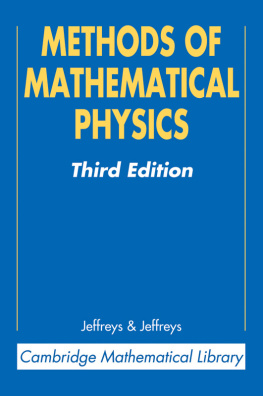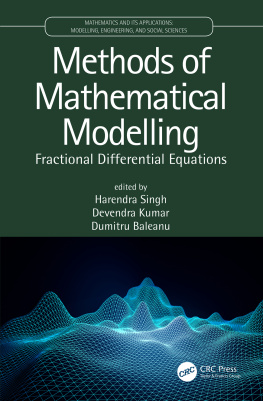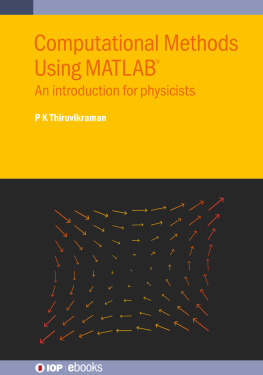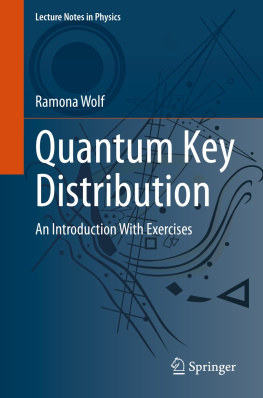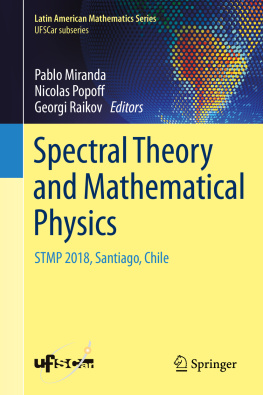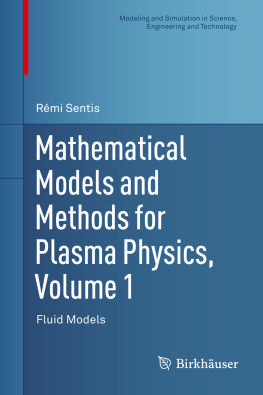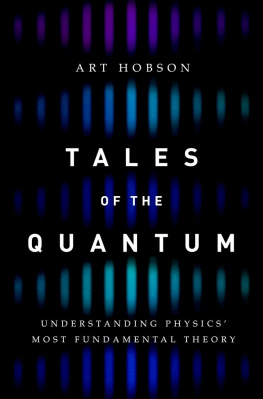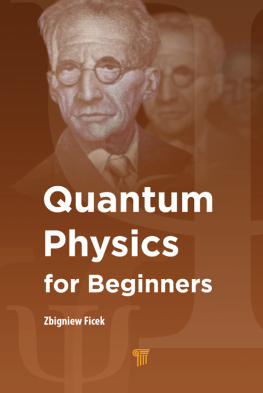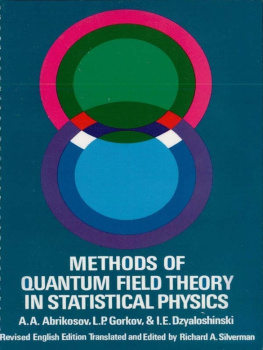METHODS
OF
MATHEMATICAL PHYSICS
Other books available in the Cambridge Mathematical Library:
| A. Baker | Transcendental number theory |
| H.F. Baker | Abelian functions |
| N. Biggs | Algebraic graph theory, 2nd edition |
| S. Chapman & T.G. Cowling | The mathematical theory of non-uniform gases |
| R. Dedekind | Theory of algebraic integers |
| G.H. Hardy | A course of pure mathematics, 10th edition |
| G.H. Hardy, J.E. Littlewood & G. Plya | Inequalities, 2nd edition |
| D. Hilbert | Theory of algebraic invariants |
| W.V.D. Hodge & D. Pedoe | Methods of algebraic geometry, volumes I, II & III |
| R.W.H.T. Hudson | Kummers quartic surface |
| A.E. Ingham | The distribution of prime numbers |
| H. Lamb | Hydrodynamics |
| M. Lothaire | Combinatorics on words |
| F.S. Macaulay | The algebraic theory of modular systems |
| G.N. Watson | A treatise on the theory of Bessel functions, 2nd edition |
| E.T. Whittaker | A treatise on the analytical dynamics of particles and rigid bodies |
| E.T. Whittaker & G.N. Watson | A course of modern analysis, 4th edition |
| A. Zygmund | Trigonometric series |
METHODS
OF
MATHEMATICAL PHYSICS
by
SIR HAROLD JEFFREYS, M.A., D.Sc., F.R.S.
Formerly Plumian Professor of Astronomy, University of Cambridge, and Fellow of St Johns College
and
BERTHA SWIRLES (LADY JEFFREYS), MA., Ph.D.
Fellow of Girton College
THIRD EDITION

CAMBRIDGE
At the University Press
1972
CAMBRIDGE UNIVERSITY PRESS
Cambridge, New York, Melbourne, Madrid, Cape Town,
Singapore, So Paulo, Delhi, Mexico City
Cambridge University Press
The Edinburgh Building, Cambridge CB2 8RU, UK
Published in the United States of America by Cambridge University Press, New York
www.cambridge.org
Information on this title: www.cambridge.org/9780521664028
Cambridge University Press 1946
This publication is in copyright. Subject to statutory exception and to the provisions of relevant collective licensing agreements, no reproduction of any part may take place without the written permission of Cambridge University Press.
First edition 1946
Second edition 1950
Third edition 1956
Reprinted 1962, 1966
First paperback edition 1972
Reprinted 1978, 1980, 1988, 1992
Reprinted 1999, 2001
A catalogue recordfor this publication is available from the British Library
ISBN 978-0-521-66402-8 Paperback
Cambridge University Press has no responsibility for the persistence or accuracy of URLs for external or third-party internet websites referred to in this publication, and does not guarantee that any content on such websites is, or will remain, accurate or appropriate. Information regarding prices, travel timetables, and other factual information given in this work is correct at the time of first printing but Cambridge University Press does not guarantee the accuracy of such information thereafter.
Preface to the Third Edition
In the present edition we have made changes in we have added some remarks on the analytic continuation of the solutions, and a note applies them to the parabolic cylinder functions.
We should like to express our thanks to several readers for drawing our attention to errors and misprints.
HAROLD JEFFREYS
BERTHA JEFFREYS
April 1953
Preface to the Second Edition
As a second edition of this book has been called for, we have taken the opportunity of making considerable revisions. Most of the notes at the end have been incorporated in the text. Otherwise the principal changes are as follows. In the treatment of multipole radiation has been extended.
Where possible the proofs have been either replaced by shorter ones or generalized. Some new examples have been added.
We are indebted to numerous correspondents for pointing out errata. The two most serious corrections were given by Professor J. E. Littlewood and Dr M. L. Cartwright. We are particularly grateful for comments by Professor Littlewood ().
HAROLD JEFFREYS
BERTHA JEFFREYS
15 November 1948
Preface to the First Edition
This book is intended to provide an account of those parts of pure mathematics that are most frequently needed in physics. The choice of subject-matter has been rather difficult. A book containing all methods used in different branches of physics would be impossibly long. We have generally included a method if it ha3 applications in at least two branches, though we do not claim to have followed the rule invariably. Abundant applications to special problems are given as illustrations. We think that many students whose interests are mainly in applications have difficulty in following abstract arguments, not on account of incapacity, but because they need to see the point before their interest can be aroused.
A knowledge of calculus is assumed. Some explanation of the standard of rigour and generality aimed at is desirable. We do not accept the common view that any argument is good enough if it is intended to be used by scientists. We hold that it is as necessary to science as to pure mathematics that the fundamental principles should be clearly stated and that the conclusions shall follow from them. But in science it is also necessary that the principles taken as fundamental should be as closely related to observation as possible; it matters little to pure mathematics what is taken as fundamental, but it is of primary importance to science. We maintain therefore that careful analysis is more important in science than in pure mathematics, not less. We have also found repeatedly that the easiest way to make a statement reasonably plausible is to give a rigorous proof. Some of the most important results (e.g. Cauchys theorem) are so surprising at first sight that nothing short of a proof can make them credible. On the other hand, a pure mathematician is usually dissatisfied with a theorem until it has been stated in its most general form. The scientific applications are often limited to a few special types. We have therefore often given proofs under what a pure mathematician will consider unnecessarily restrictive conditions, but these are satisfied in most applications. Generality is a good thing, but it can be purchased at too high a price. Sometimes, if the conditions we adopt are not satisfied in a particular problem, the method of extending the theorem will be obvious; but it is sometimes very difficult, and we have not thought it worth while to make elaborate provision against eases that are seldom met. For some extensive subjects, which are important but need long discussion and are well treated in some standard book, we have thought it sufficient to give references.
We consider it especially important that scientists should have reasonably accessible statements of conditions for the truth of the theorems that they use. One often sees a statement that some result has been rigorously proved, unaccompanied by any verification that the conditions postulated in the proof are satisfied in the actual problemand very-often they are not. This misuse of mathematics is to be found in most branches of science. On the other hand, many results are usually proved under conditions that are sufficient but not necessary, and scientists often hesitate to use them, under the mistaken belief that they are necessary. We have therefore often given proofs under more general conditions than are usually taught to scientists, where the usual sufficient conditions are often not satisfied in practice but less stringent ones are satisfied. Both troubles are due chiefly to the fact that the theorems are scattered through many books and papers, and the scientist does not know what to look for or where to look.
Next page
